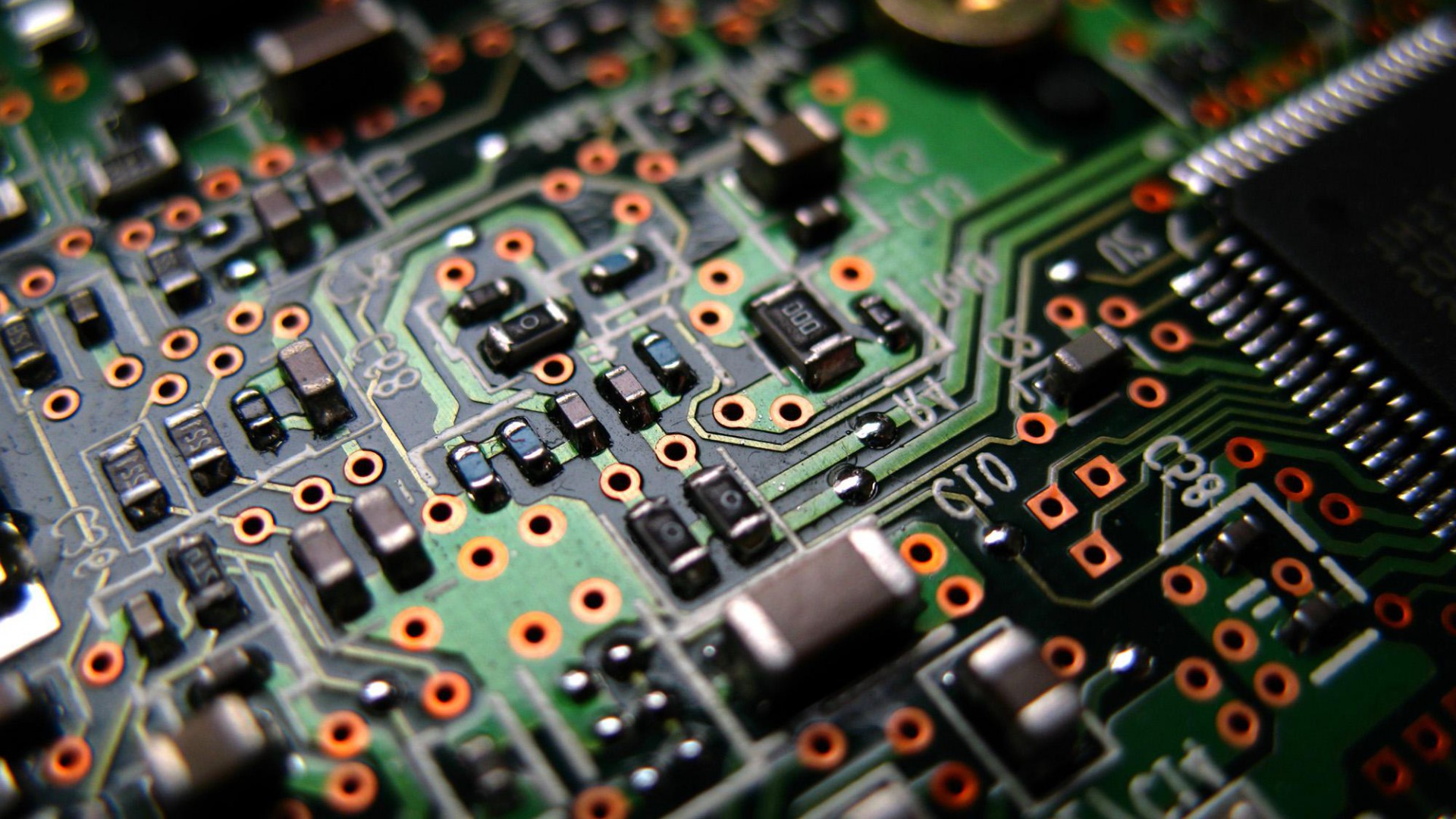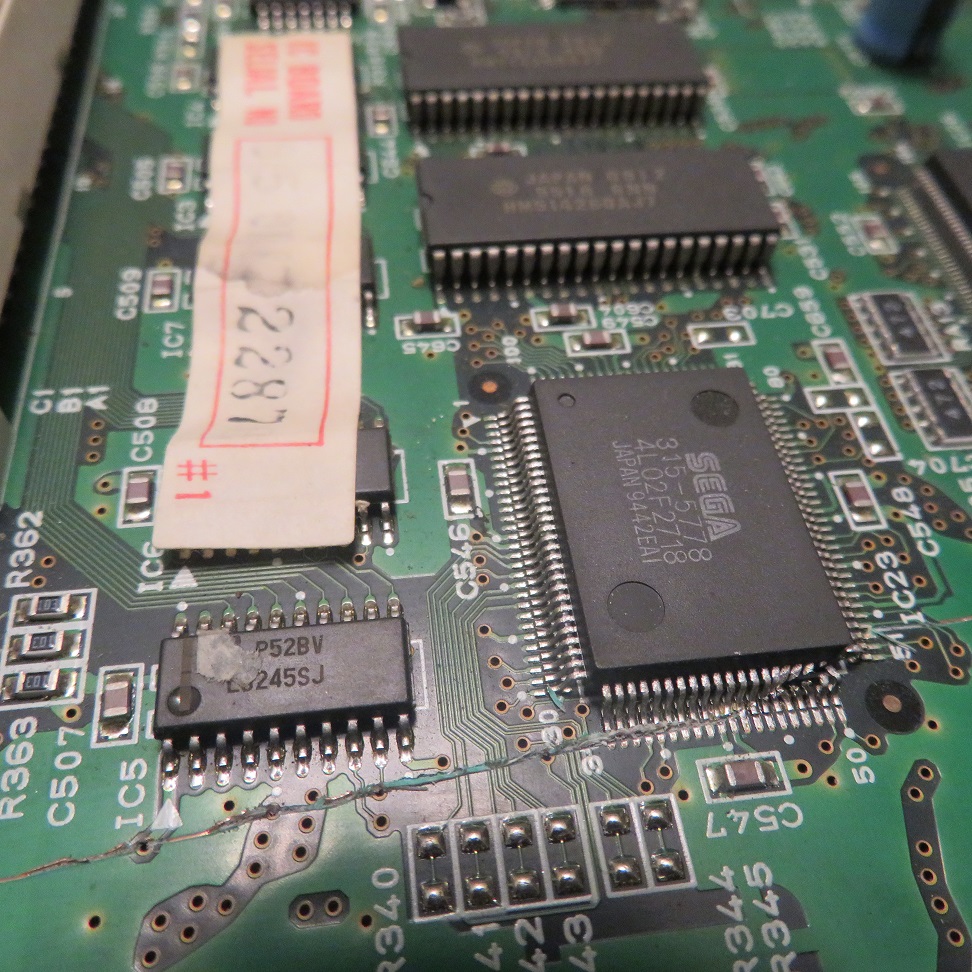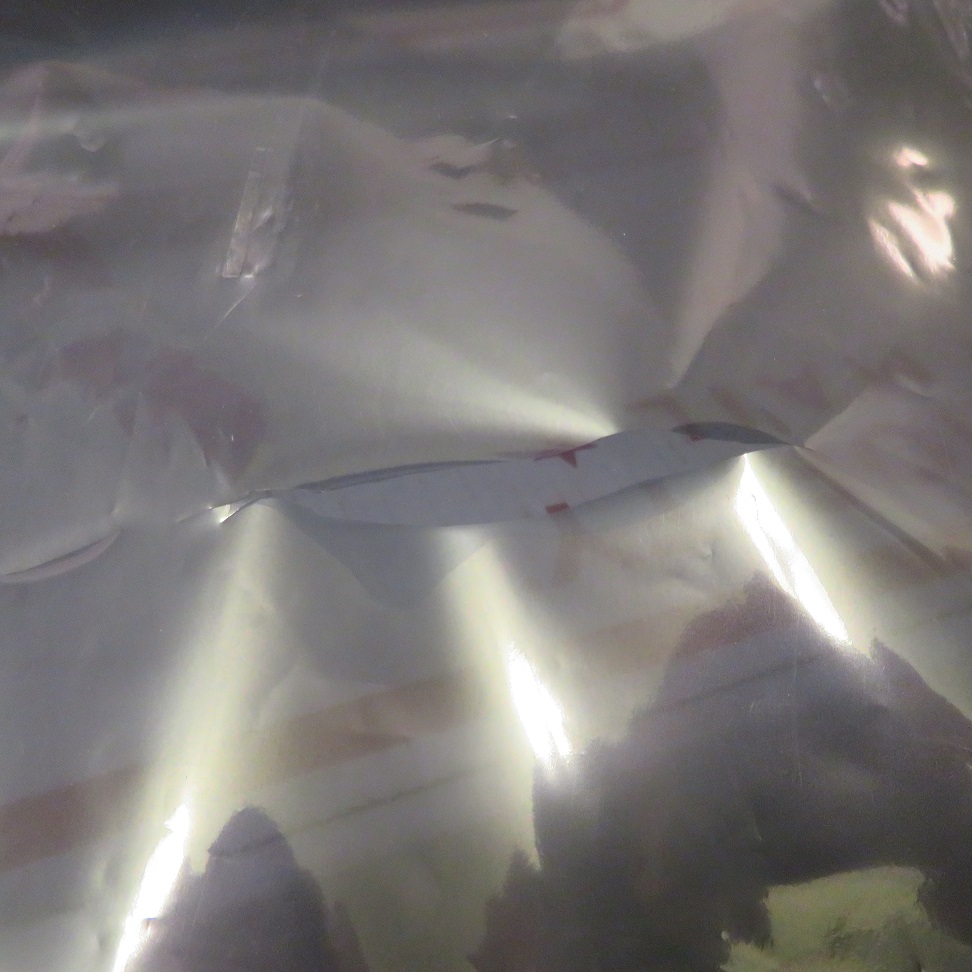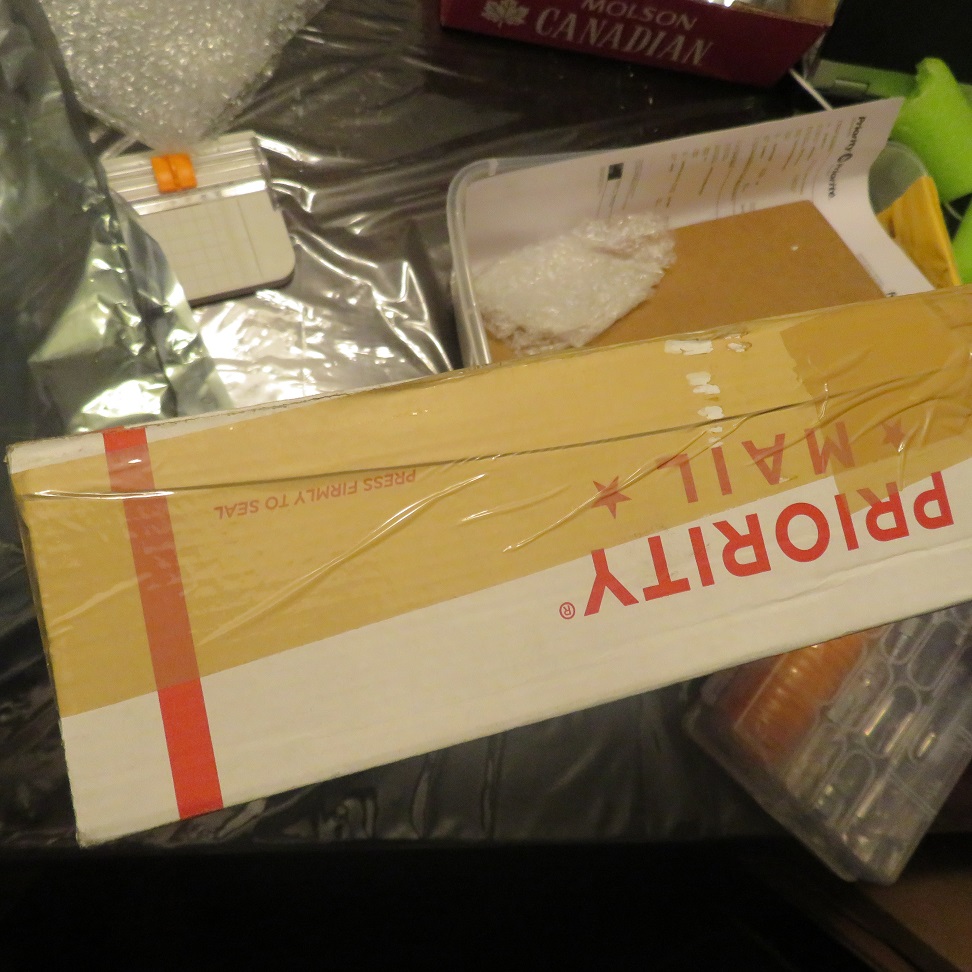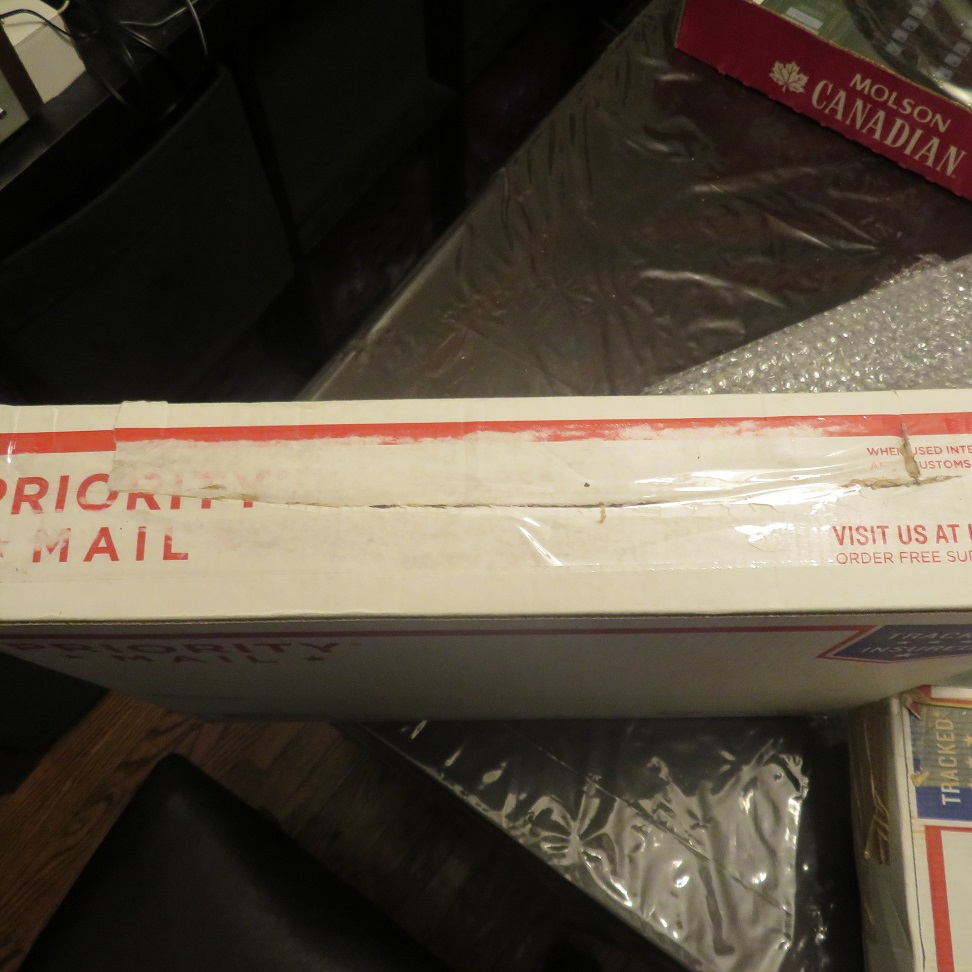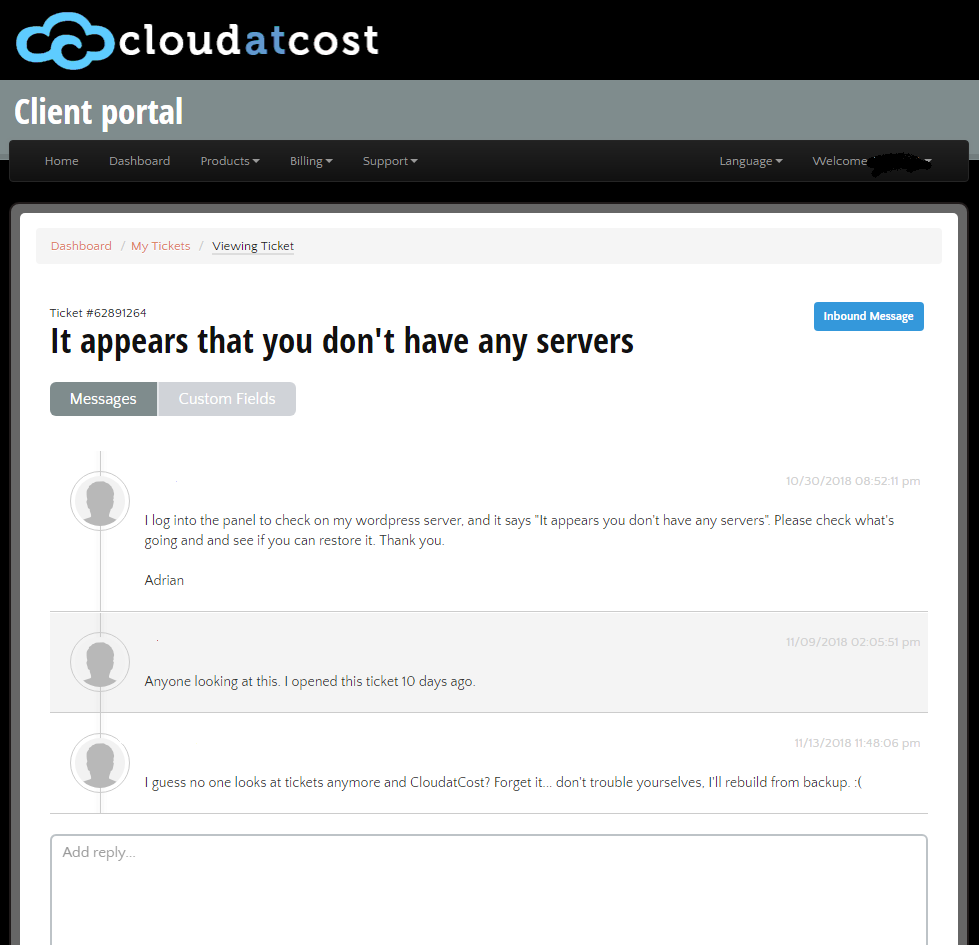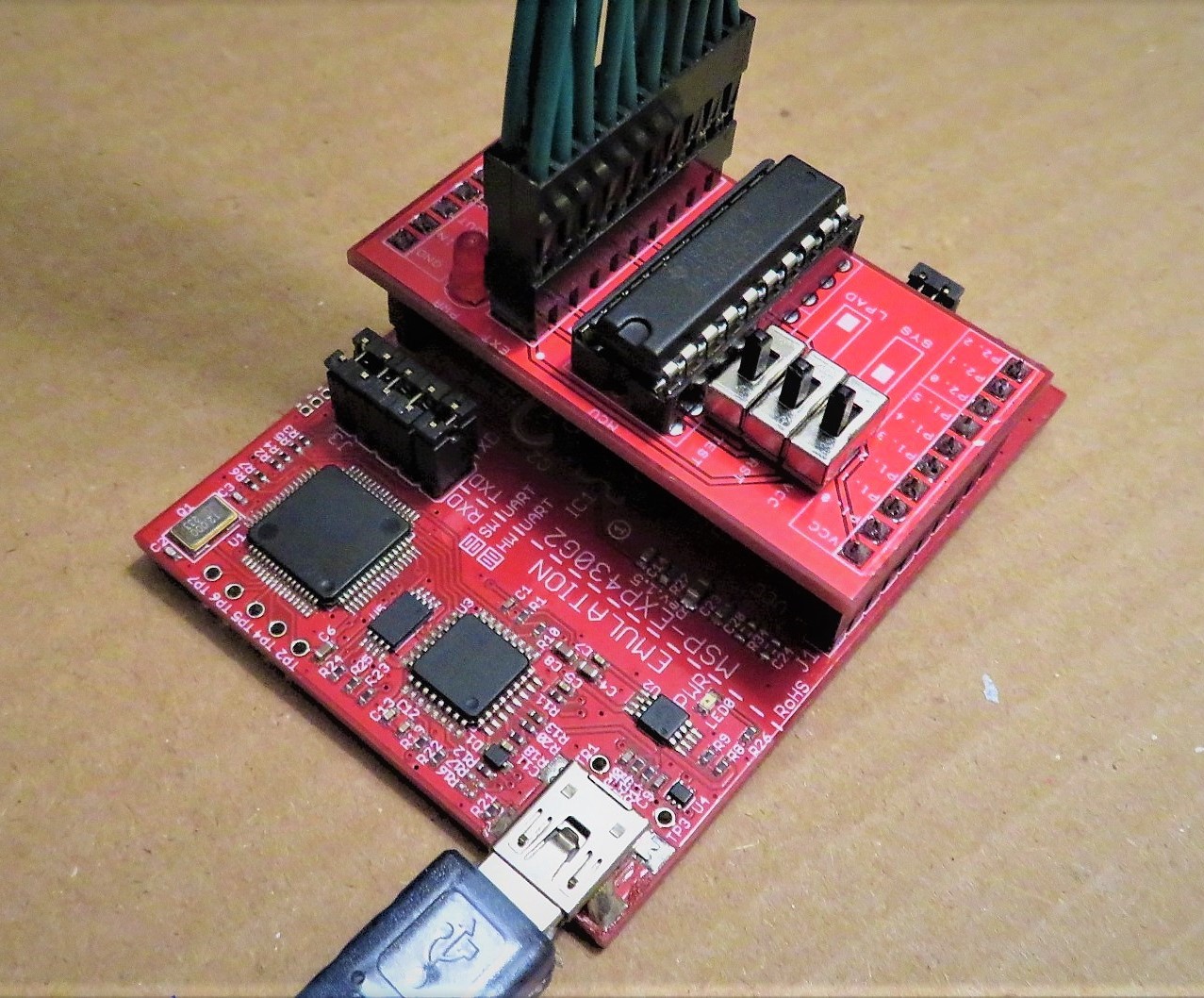Wow… 2020 has been an interesting year so far. From the threats of war, to the COVID outbreak, the tension now reaches a boiling point with the riots in the US. Hopefully we will all stay healthy, fix what’s wrong and overcome our differences and resume our normal boring lives… but this isn’t a political blog.
Many of my projects were supposed to be completed now, but with these hiccups resulting in delayed production and shipping, I’m once again behind.
Things are moving forward though. Here’s an update:
Raspberry Pi to JAMMA adapter – Currently in beta testing with a number of people. Still early to call, but I’m waiting of feedback on some functionality issues, and reliability data.
JAMMA Test Card – In beta testing as well. No major issues reported. Will probably be going into production soon.
Arcade Video Tester – In beta testing. Feedback good so far. Soon to be in production.
JAMMA Mate – Issues with the latest hardware design, may need to back to fabrication for another revision. Very close to being completed.
As this was going on, I decided to make arcade cabinet adapters. A lot of people have asked me for these, and here we are. These are basically the opposite of a JAMMA adapter. Instead of converting non JAMMA games to be playable on a JAMMA setup, these will allow you to play your JAMMA boards in one the non JAMMA cabinets listed below.
Many have already been completed and some have been properly tested are ready to be sold. Here’s a list of what’s here and the status:
- Capcom – tested
- Sega System 8 – tested
- Sega System 16 – tested
- Konami – tested
- Data East – tested
- Tehkan – testing
- Taito – beta testing
- Irem – testing
- Universal Mr. Do – design completed
- Namco Galaga – design completed
- Nintendo – design completed
Also, three generic type cabinet adapters have been designed to wire up your own cabinet adapter. These will allow you to use you JAMMA game in practicly any cabinet with either a 36, 44 or 56 pin harness.
- 36 Pin Generic Cabinet Adapter
- 44 Pin Generic Cabinet Adapter
- 56 Pin Generic Cabinet Adapter
